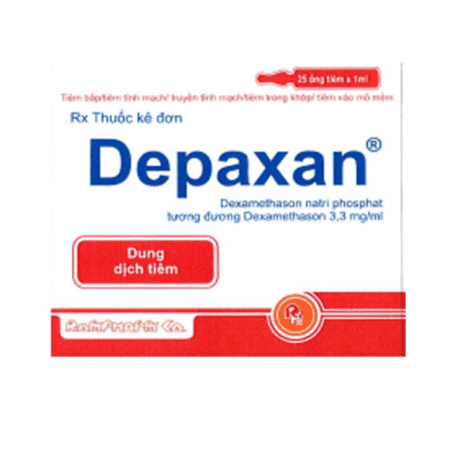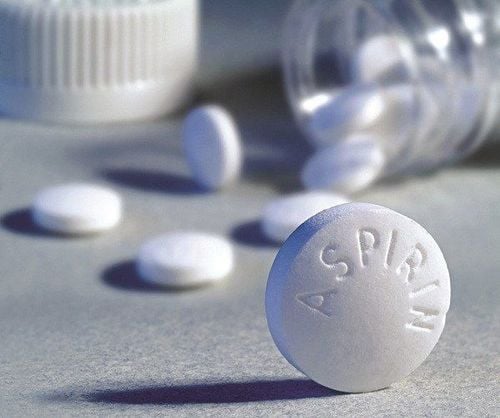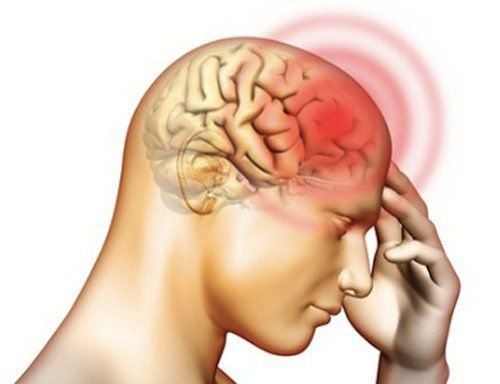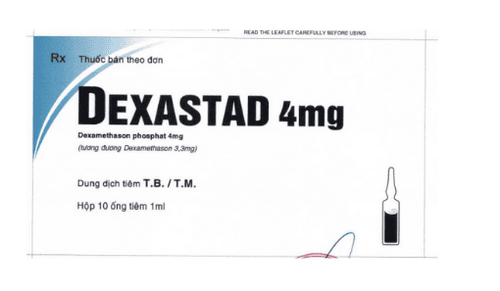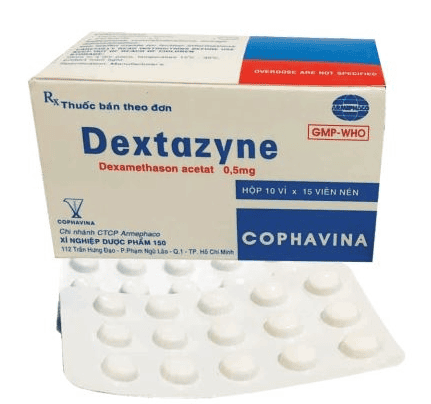This is an automatically translated article.
Master, Specialist Doctor I Nguyen Thi Thanh Binh - Rehabilitation Doctor - General Surgery Department - Vinmec Danang International Hospital
Traumatic brain injury is a type of trauma where the traumatic energy transmitted to the skull exceeds the tolerance limit of the skull and causes brain dysfunction or specific lesions in the brain. This type of injury has the third highest mortality rate after cardiovascular disease and cancer, often leaving dangerous sequelae for patients. Therefore, the recovery and improvement of sequelae after traumatic brain injury is extremely important.
1. Is a traumatic brain injury reversible?
Traumatic brain injury can cause skull damage such as skull fracture, skull base fracture, cranial nerve damage, epidural, subdural, intracerebral hematoma. This is brain damage caused by trauma, leading to disturbances in perception, cognition, movement, sensory perception, and language.Traumatic brain injury is divided into 2 main groups based on pathophysiology: primary injury and secondary injury:
Common types of primary injury such as epidural hematoma, subdural hematoma, intracerebral hemorrhage, intracerebral hemorrhage. The second is the common form of secondary injury that can be mentioned as brain herniation, cerebral edema, cerebral infarction or cerebral ischemia after trauma. The clinical symptoms as well as impairment, reduced likelihood caused by traumatic brain injury are very diverse. Therefore, the rehabilitation process for patients with traumatic brain injury requires a comprehensive, correct principle and good coordination between members of the treatment team, to avoid leaving traumatic sequelae. skull.
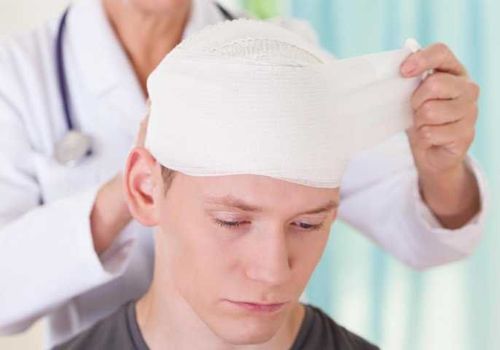
2. Traumatic brain injury and its sequelae
2.1 Intracranial hematoma The most important is the formation of an intracranial hematoma due to multiple points of brain necrosis or rupture of large arteries due to severe trauma. These hematomas may be localized in many regions of the brain.Depending on the severity of the injury, hematomas can be concentrated in the epidural, subdural, intracerebral, intraventricular, and subcerebellar tentacles. In particular, intraventricular hematoma is a serious consequence of traumatic brain injury. When large blood vessels are broken or broken, blood flows into the ventricles to the extent that "ventricular flooding" often occurs in the case of cerebral hemorrhage in a cerebrovascular stroke.
2.2 Cerebral edema There are two types of cerebral edema: vascular edema and cytotoxicity. Among the consequences of traumatic brain injury, cerebral edema is the most common and most dangerous complication, threatening the victim's life.
2.3 Brain herniation Severe cases of brain edema will cause brain herniation. Cerebral edema compresses too strongly, causing a situation where a part of the brain is pushed out, entering cavities, slits, openings, especially the most dangerous is the brain herniation at the large hole of the occipital bone, causing compression of the medulla oblongata. where the "living node" is the center that governs the respiratory and cardiovascular systems.
Therefore, occipital foramen hernia is a risk of death in the moment if not detected early and promptly treated on the spot.
2.4 Syndrome of raised intracranial pressure All complications of traumatic brain injury, including the important role of cerebral edema, have led to ICP syndrome with three main symptoms: headache ( pulsating, jerking or exploding head pain
Pain with increasing intensity causing the patient to groan and scream); vomiting due to increased intracranial pressure compressing cranial nerve nuclei; optic disc edema or papilledema.
2.5 Cerebral ischemia In areas of cerebral ischemia, ischemic foci will appear, even if it is non-traumatic cerebral ischemia (temporary or permanent cerebral ischemia, cerebral infarction...).
In cerebral ischemia, there will be three areas: the area of excessive cerebral ischemia will appear brain necrosis, irreversible; semi-imaging area is the brain parenchyma area that is also severely ischemic but not to the point of being completely destroyed, there is still the possibility of recovery; intact brain area, this area is very important, especially the area near the arterial network, has the most ability to receive and forward "rescue" blood for brain cells in the semi-imaging area.
3. Nutrition for patients after traumatic brain injury

In addition, patients need to eat foods rich in vitamins and minerals, some types An extremely important nutrient for brain function, in which choline is considered an important factor in the formation of neurotransmitters. Neurotransmitters are substances that help transmit signals in the brain. Choline is found in many eggs, peanuts...
Besides, patients also need to eliminate foods containing saturated fat, hydrogenated fats, foods containing a lot of sodium (sodium). These foods increase the risk of stroke.
Vinmec International General Hospital is one of the hospitals that not only ensures professional quality with a team of leading medical doctors, modern equipment and technology, but also stands out for its examination and consultation services. comprehensive and professional medical consultation and treatment; civilized, polite, safe and sterile medical examination and treatment space.
Master. Doctor Nguyen Thi Thanh Binh has 30 years of experience in the specialty of Rehabilitation, especially experienced in Rehabilitation of musculoskeletal, neurological, spine diseases of adults and children. Currently, he is a Rehabilitation Doctor at the Department of General Surgery, Vinmec Danang International General Hospital.
Please dial HOTLINE for more information or register for an appointment HERE. Download MyVinmec app to make appointments faster and to manage your bookings easily.





